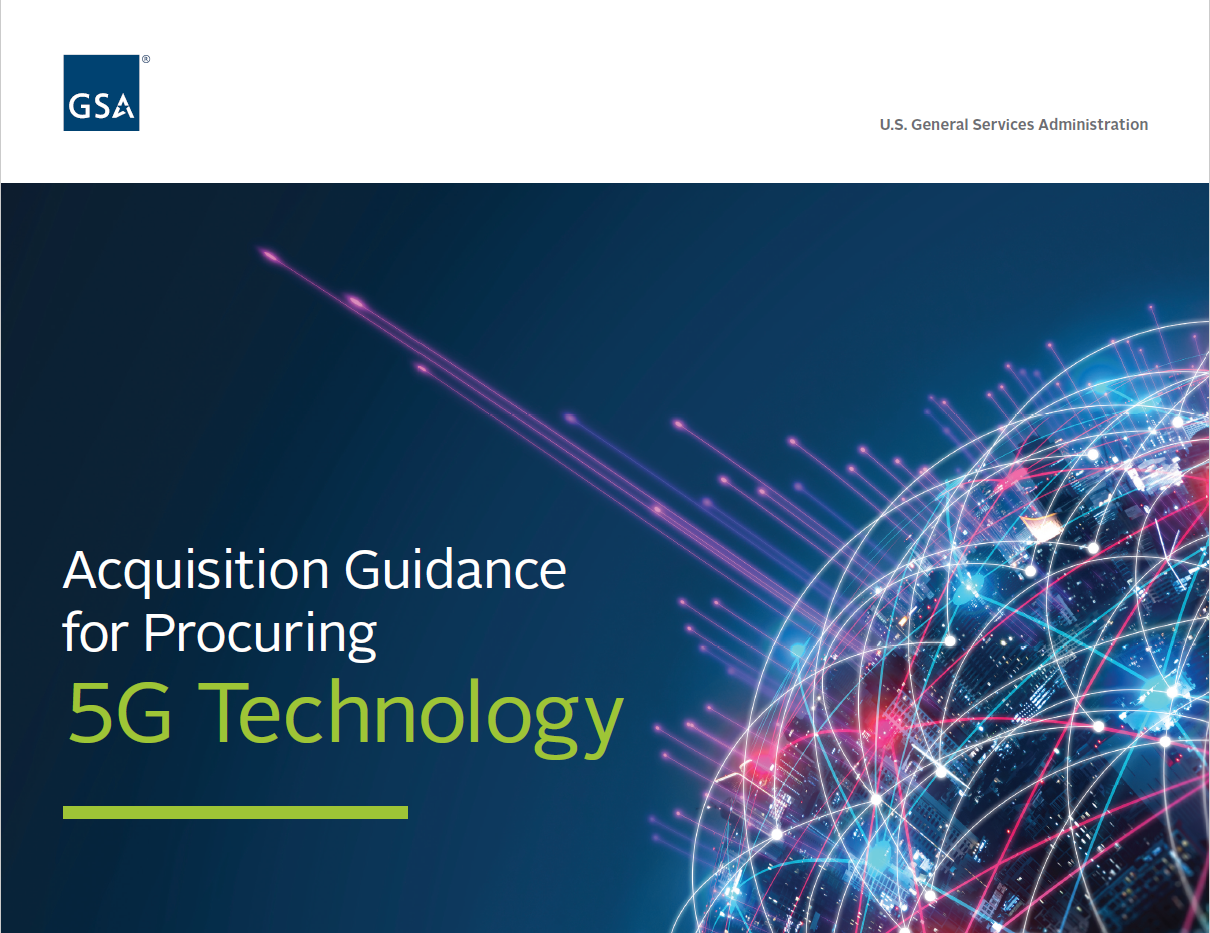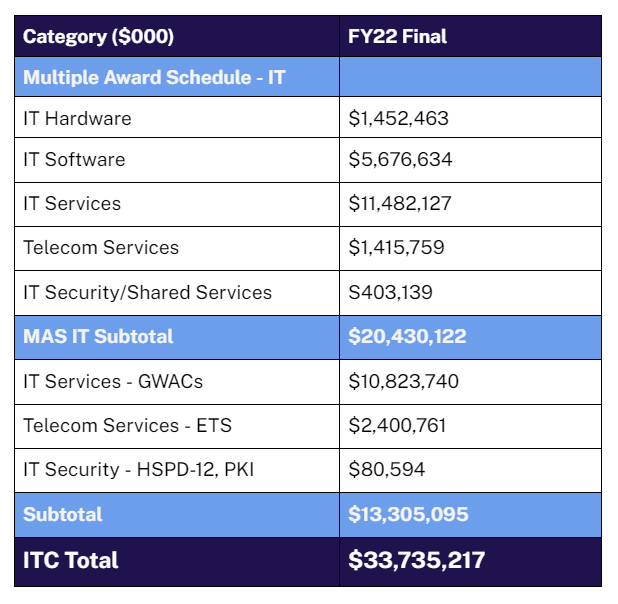National Strategy
As discussed in past posts, the Federal Government views 5th generation (5G) wireless technology as a future driver of the global economy. It also views the security of 5G information and communications technology and services infrastructure, and the data transmitted and stored on it, as a key national security interest. In addition to protecting data on the network, a trusted, secure supply chain is also paramount. We cannot ensure the security of 5G networks if untrusted equipment or software is allowed to control any part of them.
The National Strategy to Secure 5G is our country’s game plan to manage the risks associated with next generation wireless technologies and the new use cases they open up. GSA’s role is to establish acquisition processes and facilitate federal agency adoption of 5G infrastructure with appropriate security safeguards and adherence to national policies. The desired outcome is a resource that helps agencies identify their standards, specify security controls, and catalog other relevant requirements to provide a secure 5G infrastructure.
GSA guidance
The subject matter experts behind our Wireless Mobility Solutions contracts applied this directive to the early 5G use cases they were observing at various agencies. We coordinated extensively with the interagency Federal Mobility Group, and we incorporated valuable input from experts in other agencies and industry. The result is our Acquisition Guidance for Procuring 5G Technology, a plain-language white paper that charts the progression of 5G in the public sector, outlines its core standards, explores government use cases, and delves into acquisition strategies that balance flexibility with security requirements. In particular, the Guidance features:
- Tools and strategies for contracting 5G – A model acquisition process that details how technical staff should go about defining requirements and how contracting staff should use them to structure a solicitation.
- 5G use cases in government – A living list of 5G use cases and pilot programs applicable to the public sector;
- Standards for 5G – A detailed accounting of the international and U.S. standards that are used to determine requirements for 5G;
- General background – A plain language narrative describing the evolution of cellular technology, the capabilities 5G offers, its relevance to the public sector, efforts underway to secure it, and its potential to shape future telecommunications products and services.
The wheel keeps turning
We’ve previously described our “5G for Government” strategy as the understanding of six core concepts: Technology, Standards, Security, Policy, Acquisition, and Use Cases. Use cases are the real-world applications that agencies are pursuing, or want to achieve. Acquisition is the nuts and bolts of getting the solution in place in the most efficient and effective way. Once you understand the technology, know the standards, consider the security aspects, and are up-to-date on governmentwide policies, then it’s time to plan and execute. If you think of this strategy as a circle or wheel, the Use Case is the end of one cycle and the beginning of another. Each rotation strengthens our collective understanding of what makes a 5G deployment secure and successful. The Acquisition Guidance for Procuring 5G Technology is GSA’s first effort to distill this collective knowledge into a usable format to help government technology managers, their contracting offices, and trusted industry partners buy, build, and use secure 5G systems. As a living document, the Guidance will be frequently reviewed to keep pace with changing technology, ensure governmentwide cybersecurity requirements are accurate, and incorporate feedback from stakeholders. Send feedback, questions, and suggestions to wireless@gsa.gov.
Follow ITC on LinkedIn and Twitter, and subscribe for blog updates.



